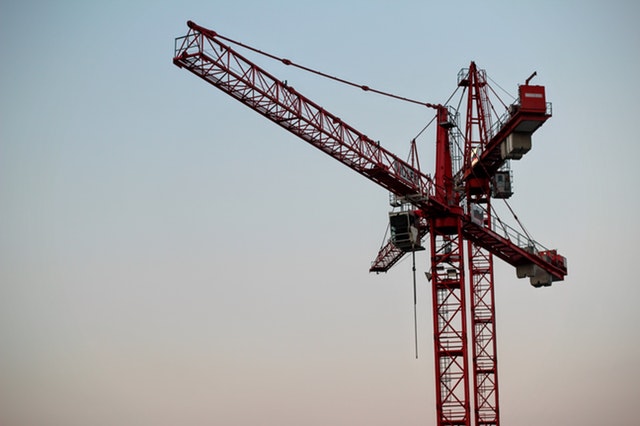Skill is essential when using earth-moving equipment like cranes, compacting machines, and excavators. However, crane operators work with technical minds to ensure that project outcomes are satisfactory. These staffs need proper training in occupational safety and health administration (OSHA) too. According to data from the OSHA, crane operation records at least 60% of work-based accidents in the United States. This report shows that the crane operation industry needs a range of workers. You might not know every detail unless you stop reading this article.
Crane Users
The Crane User is different from operators because the position comes with higher responsibilities. While these users relate with crane owners, they ensure timely replacements of ropes in the equipment. When operators pass their ASME (American Society of Mechanical Engineers) standard test, they will become crane users. Apart from observing worksite regulations, their responsibility includes working according to the crane manufacturer’s requirements.
Crane Operators
One of the first precautions when operating a crane is to ensure that nobody stands under a load. Obeying crane safety procedures, maintenance schedules, and inspections are other responsibilities of crane operators. Usually, they rotate work shifts to reduce the risk of fatigue-induced crane accidents. Also, the operators must know how to disconnect the power switches of runaway cranes. They often take crane safety tests to handle potential workplace hazards.
Lift Director
One of the essential responsibilities of lift directors is ensuring that loads are balanced and well rigged. In the U.S, lift directors need to qualify after their ASME tests. Since they supervise crane operators and the rigging crew, the company needs them for all lifting operations. According to the ASME regulations, lift directors have the following responsibilities.
- Stop crane operations during unsafe conditions.
- Pre-planning of crane operations and traffic controls
- Inform workers about their safety responsibilities
- Supervise crane operators, rigging and signal crews.

Site Supervisor
According to ASME regulations, the site supervisor has supervisory control over crane operations. They work with other staff and update the crane owner on worksite activities. In Australia, crane hire companies enlist experts for both the site supervision and lift directing responsibilities. These responsibilities include the following.
- Ensure regular inspection and maintenance of the on-site crane. Site supervisors are responsible for ensuring that crane operations comply with ASME regulations.
- Apart from crane operators, supervisors work with lift directors. They also supervise rigging operations.
- Stop Jobsite activities when the access roads and space for assembling (or disassembling) crane are in poor conditions. Also, they plan traffic control and manage safety hazards like the crane’s proximity to power lines. Usually, the crane needs preparation before they work in terrains with poor soil texture, turbulent wind, heavy rain, and fog.
Rigging Inspectors
Riggers are important in crane operations on construction sites. While they provide general supervision, their responsibilities also include setting up rigging equipment. According to ASME standards, rigging inspectors are responsible for the following duties.
- Conduct inspection of cranes, and work platforms
- The setup equipment, and other hoist activities on derricks
- Riggers must comply with ASME codes for every technical assignment.
- Perform on-site accident investigations with safety managers.
- Enforce safety standards according to regulations.
- When there’s a violation of these regulations during work, they issue stop orders and conduct rigging equipment inspections.
- They train hoist machine operators and sign hangers
- They verify the status of license holders in the operation crew.
- Competence And Qualification
The operation staff of crane hire companies consists of both qualified and competent workers. According to OSHA, certified crane crew members with extensive knowledge are distinguishable by their certificates. However, a skilled person supervises and takes corrective measures to protect other staff from safety hazards.



